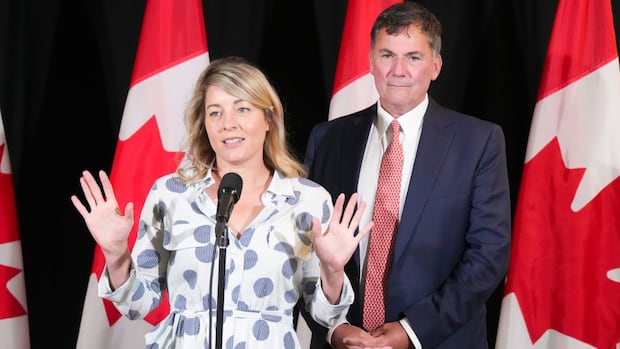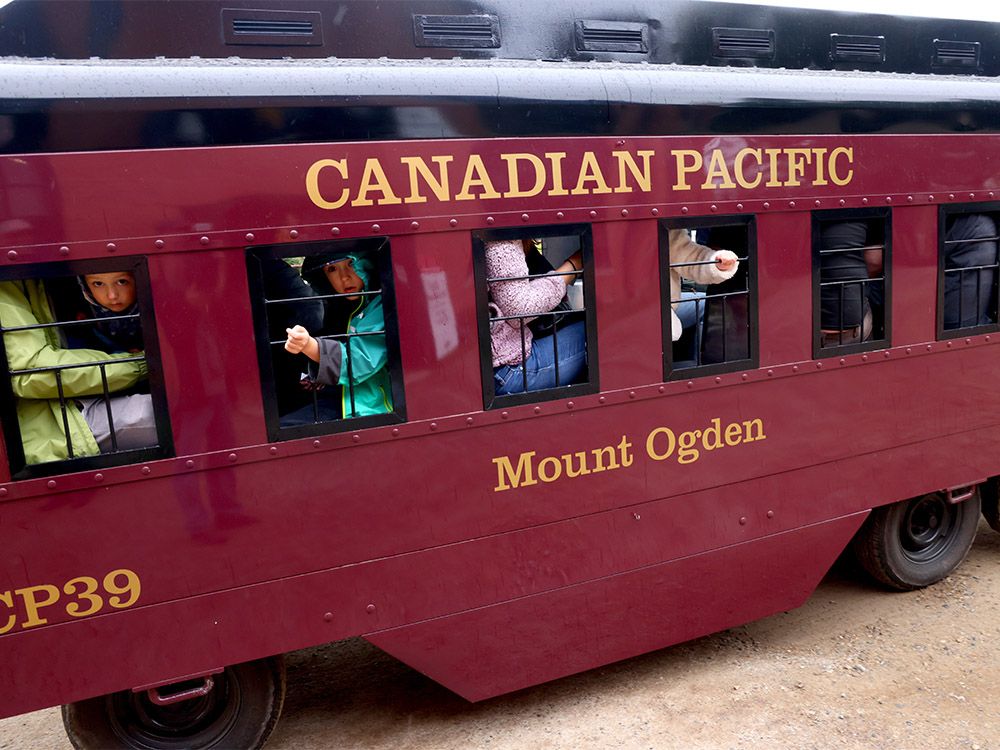5 takeaways from where party leaders travelled on the campaign trail

As the federal election draws closer, it is crucial to pay attention to the campaign strategies of the main party leaders. By following the footsteps of the leaders and analyzing their campaign events, it becomes apparent what each party’s plan of attack is. CBC News conducted an analysis of the leaders’ tours, revealing some interesting patterns and insights that can help us understand the dynamics of the election race.
One of the key observations is the NDP’s campaign flip from an offensive to a defensive strategy. Initially, NDP Leader Jagmeet Singh focused on non-NDP-held ridings, with 78% of his visits targeting those areas. However, as the campaign progressed, the party shifted to a defensive posture, with 61% of Singh’s visits in the final stretch aimed at NDP-held ridings. This change reflects the party’s struggle to gain support and avoid losing official status.
On the other hand, the Conservatives have stayed the course with their strategy of targeting Liberal ridings to increase their chances of forming a government. Conservative Leader Pierre Poilievre has made more than three-quarters of his stops in ridings that the party aims to win, with 80% of those visits focused on Liberal-held seats. This aggressive approach is essential for the Conservatives to secure key battleground ridings in regions like the GTA, Quebec, and Atlantic Canada.
Meanwhile, the Liberals have been focused on making gains throughout the campaign. Initially, Liberal Leader Mark Carney spent a majority of his visits in ridings the party held at dissolution. However, as the party’s support solidified, the focus shifted to non-incumbent ridings, which accounted for 64% of Carney’s remaining visits. This strategic shift reflects the Liberals’ confidence in their resurgence under Carney’s leadership.
The Bloc Québécois has adopted a half-offensive, half-defensive strategy, with Leader Yves-François Blanchet focusing on protecting the party’s seats in Quebec. In the final stretch of the campaign, 84% of Blanchet’s appearances were in Bloc-held ridings, including repeat visits to key battleground seats. This approach is crucial in preventing the Liberals from securing a majority government and maintaining the Bloc’s influence in Quebec.
Lastly, the frequency of repeat visits by the leaders to certain ridings highlights the tight races in those areas. Singh’s multiple visits to Vancouver Kingsway and Burnaby Central reflect the NDP’s efforts to hold onto crucial seats. In comparison, the Conservatives and Liberals have focused on fewer ridings with multiple visits, indicating their larger war chests and ability to campaign more extensively.
Overall, analyzing the leaders’ campaign strategies offers valuable insights into the dynamics of the election race and the parties’ priorities. By following the leaders’ tours and understanding their strategic decisions, voters can gain a better understanding of each party’s plan of attack and the key battlegrounds in the upcoming election.




